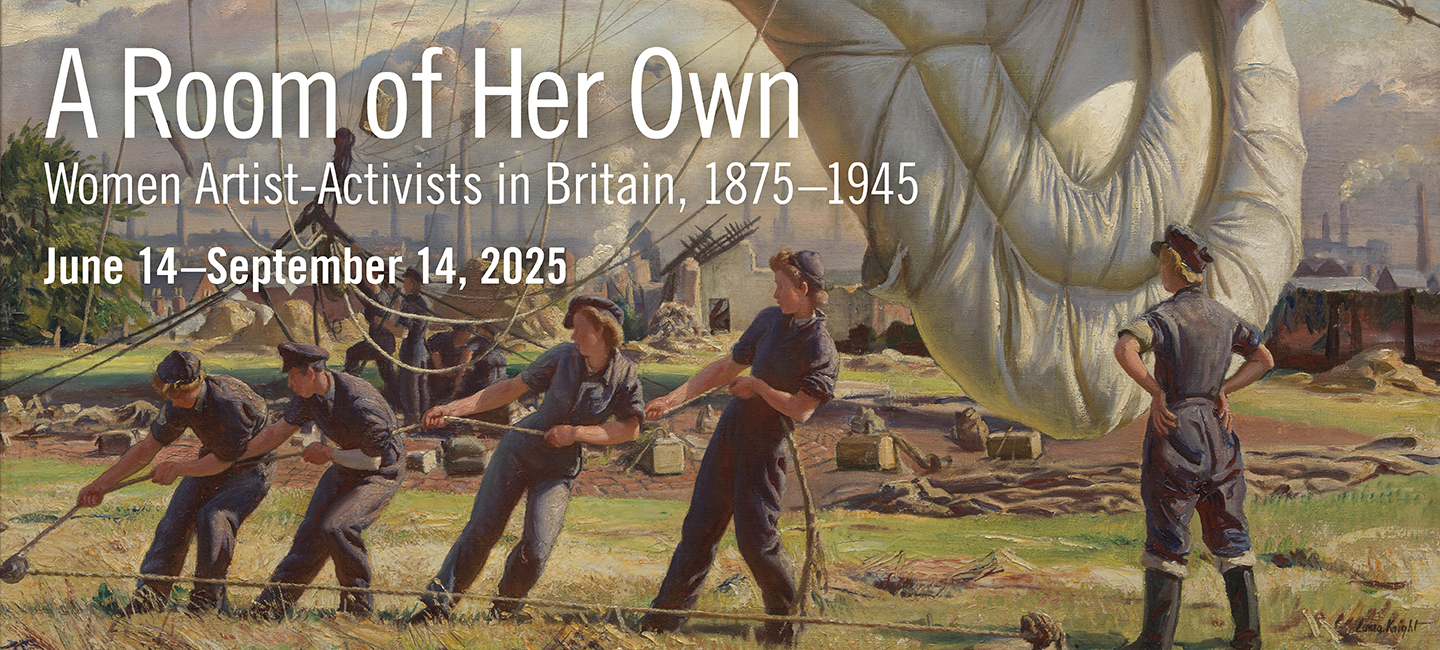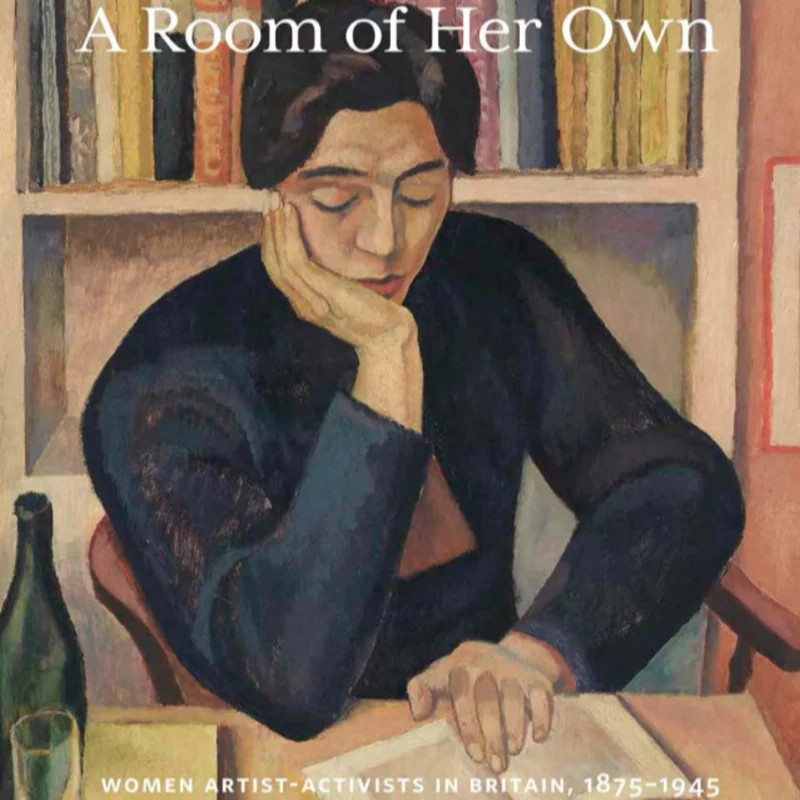Studio
 Mary Lowndes, designer and maker, after William Holman Hunt, The Glass House, place of fabrication, The Finding of the Saviour in the Temple, 1910, stained glass. Stained Glass Museum, Ely Cathedral, United Kingdom, gift 1974, ELYGM:1974.1.1
Mary Lowndes, designer and maker, after William Holman Hunt, The Glass House, place of fabrication, The Finding of the Saviour in the Temple, 1910, stained glass. Stained Glass Museum, Ely Cathedral, United Kingdom, gift 1974, ELYGM:1974.1.1
Ideally, professional artists would have a dedicated space in which to think and create. A studio might be a room within one’s home, a separate building on one’s property, or a rented space in a building constructed for artists. While she lived with her family in St. John’s Wood, Anna Alma-Tadema used a studio adjacent to her bedroom. In her Bloomsbury house, Vanessa Bell initially worked in a sitting room and later moved her studio to the main living room. Louise Jopling painted in rooms within her various London homes until she and her second husband commissioned separate studio buildings near their Chelsea residence. This arrangement gave Jopling her own professional space, keeping family life distinct from work commitments.
While studios could be solitary spaces, they also served as sites for creative exchange. In the second half of the nineteenth century, enterprising developers constructed artist studio buildings in West London. These complexes offered not only professional spaces but also the opportunity for artists to share ideas as a community. Many women rented these studios. Mary Lowndes, cofounder of the Glass House in Fulham, West London, provided a professional workspace for independent designers and makers of stained glass. Shared equipment and assistance from skilled professionals ensured that independent artists could complete commissions without joining an established stained-glass firm.
Studios were also used for gatherings and organizing. Louise Jopling hosted parties for clients and friends as well as suffrage meetings in her studio, and she taught classes there after founding an art school for women. Evelyn De Morgan mounted a protest exhibition against World War I in a rented studio in Chelsea in 1916, converting a potential workspace into an exhibition site. Access to a studio of one’s own meant that women could commit to their profession and have a better chance of finding success.

